How to have a festive and eco-friendly Christmas this year

Christmas is a time of cheer and joy the world over, but it can also be a time of excess. Families around the world are pitching in to do their part to preserve our ecological resources at a time when they’re expected to crank up the heat, turn the lights on, and purchase a multitude of gifts. But that doesn’t mean you have to cancel Christmas this year or turn into a Grinch. There are plenty of ways to have a festive Christmas without burning a hole in your budget.
RECYCLED DECORATIONS
Being conscious of ecological issues during the holidays doesn’t have to mean skimping on some of the best parts. Instead of buying new decorations every year, and throwing them out several weeks later, store your decorations away safe for next year and re-use them. This alone can help cut costs at a costly time of year and can preserve annual decorating traditions for your family.
You can even seek out decorations made from recycled materials to help curb the consumption and production of plastic and other petroleum-based materials.
REAL OR FAKE CHRISTMAS TREE
Real trees are, in fact, the preferred option for an eco-friendly Christmas. Plastic trees are, of course, re-useable, but they are also made from materials that typically don’t break down in the natural environment. The best option is to use a smaller, potted tree that you can still decorate but will hang around for months or even years after this Christmas. It’s the ultimate re-useable option.
ECO-FRIENDLY CHRISTMAS PAPER MATERIALS
Every Christmas, you can expect to go through a ton of paper. Wrapping paper, cards, and decorations can be found made of recycled material, or even made at home, which will help you save money too. These tips are sure to keep your eco-friendly Christmas both festive and still ecologically sound.

- Share with Twitter
- Share with Facebook
- Share with LinkedIn
- Share with e-mail
Might be interested in
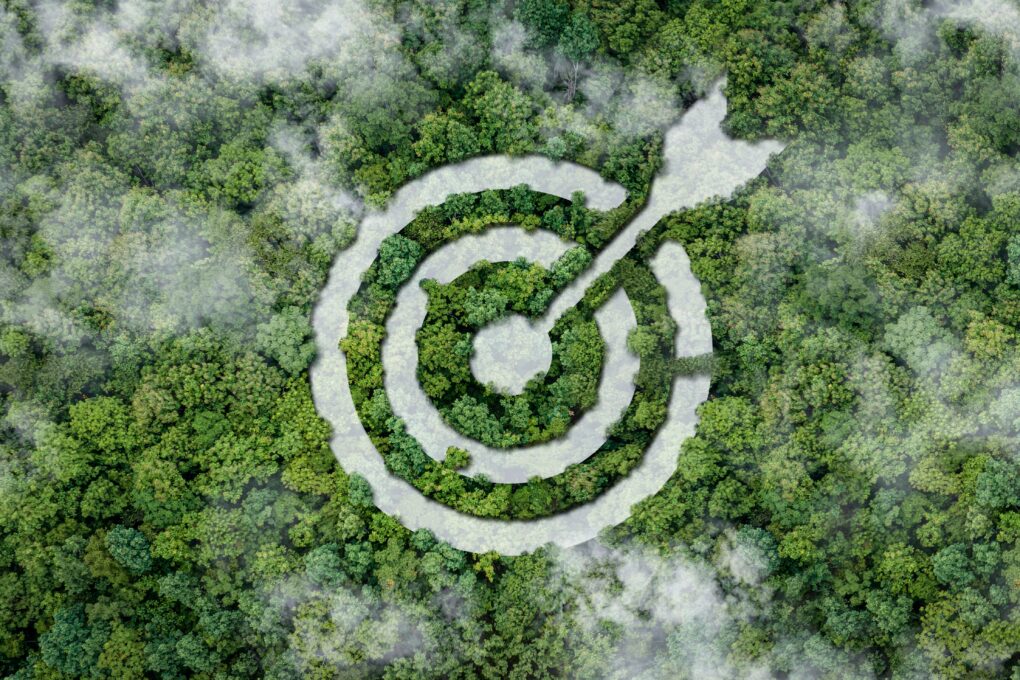
The importance of energy efficiency in achieving climate goals
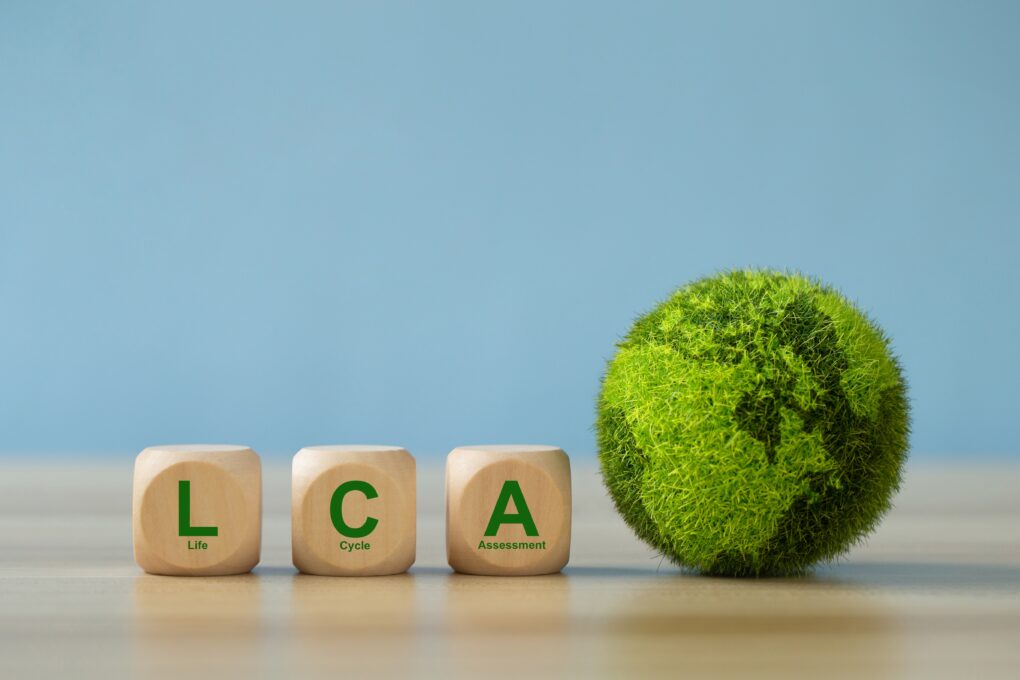
Life Cycle Assessment (LCA): everything you need to know

Digitalization can support shifting to more sustainable transport in Europe

Why Ecotourism Matters in the Fight Against Climate Change
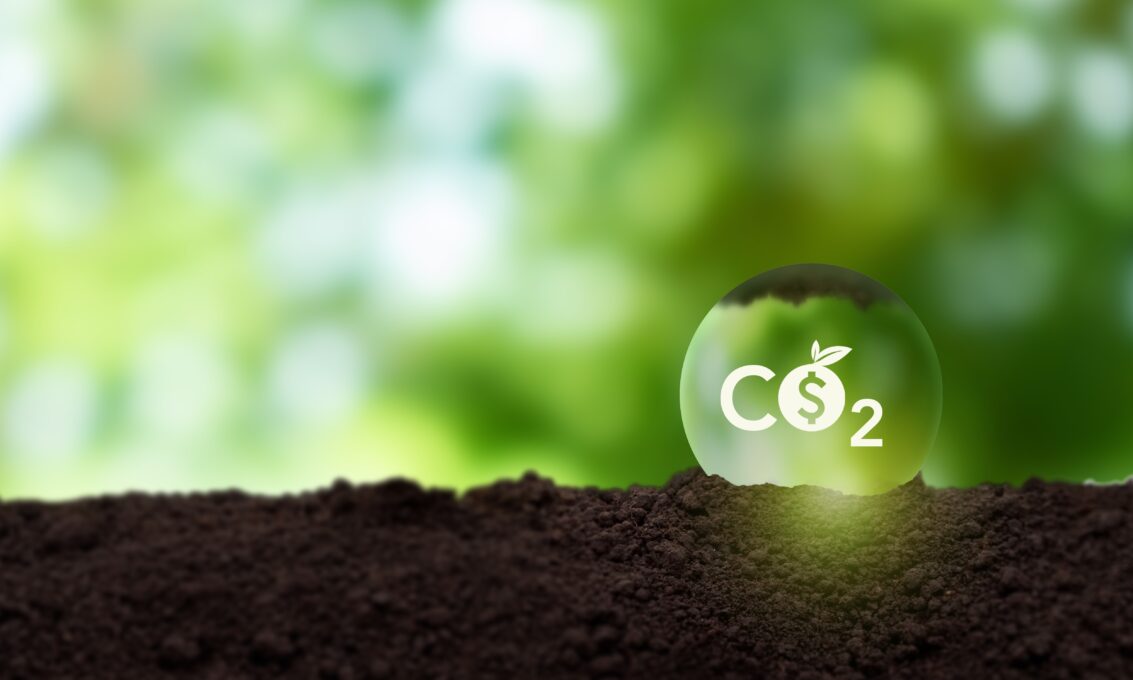
Understanding environmental commodities
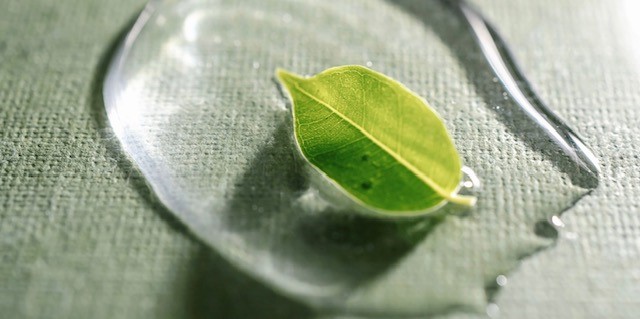
What is the EU doing to implement green washing regulations?

Ecotourism: Connecting Nature and Culture for a Sustainable Future
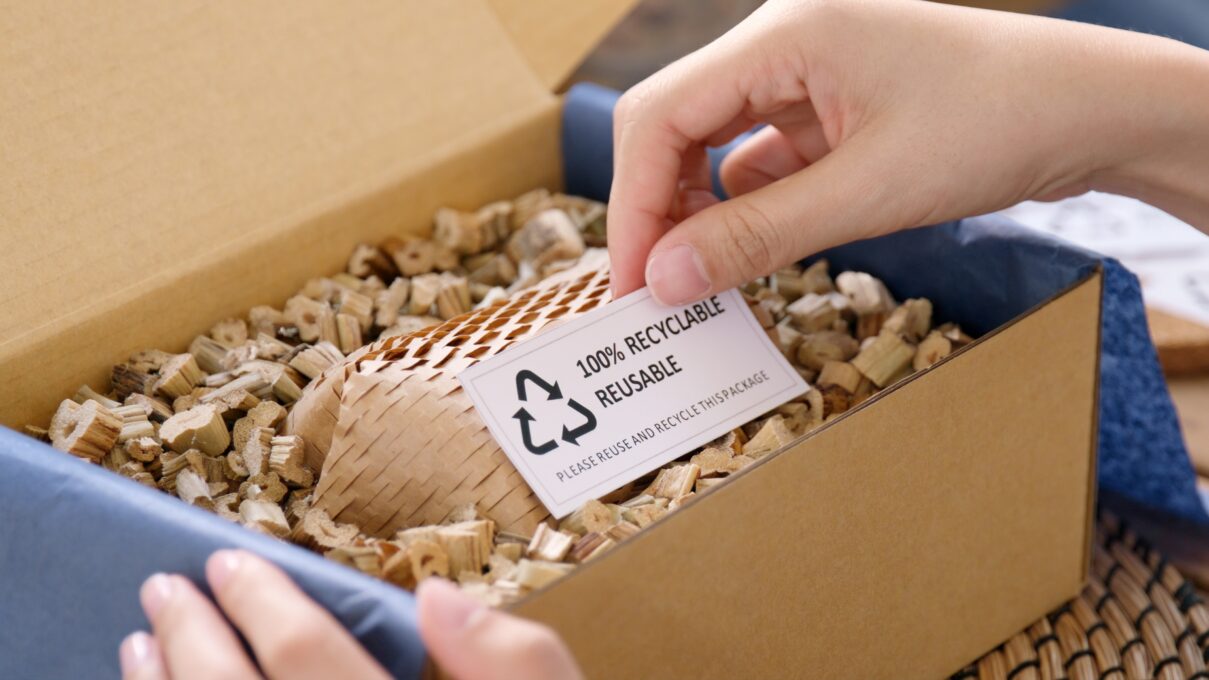
Sustainable products: the key to a greener future
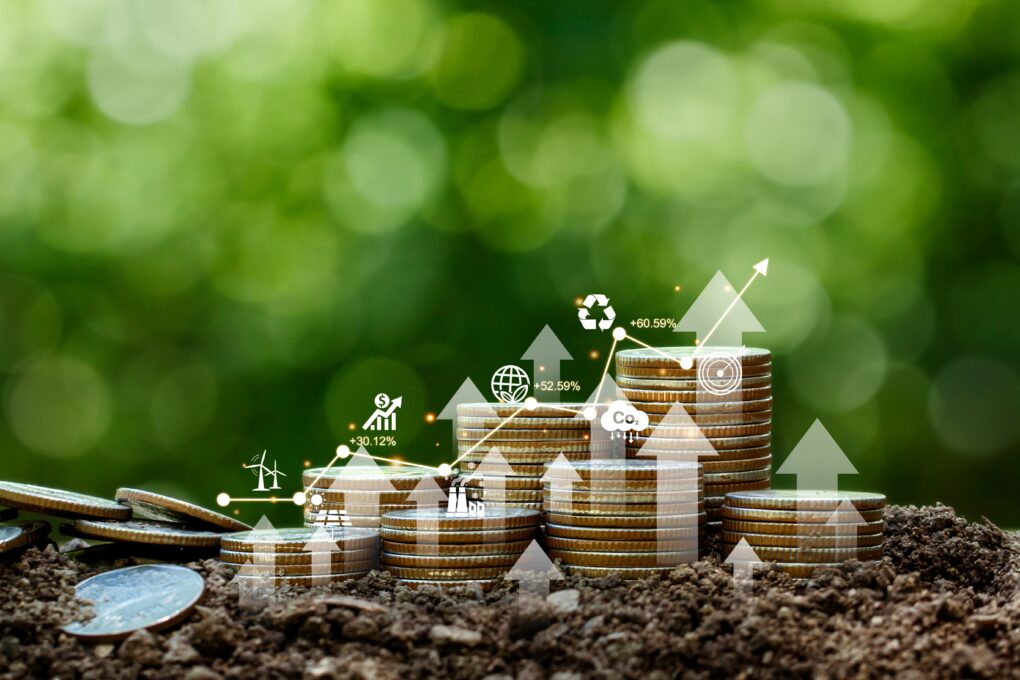
Empowering a Greener Future: The Role of Sustainable Finance in Transforming Society and the Environment
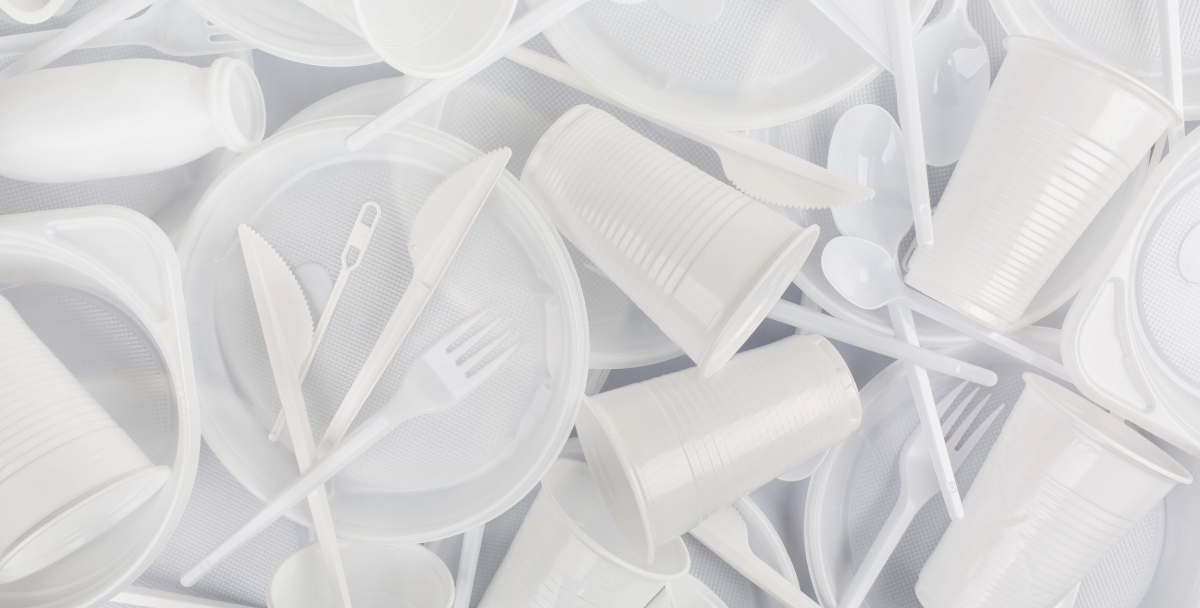
An Ambitious Plan to Manage Non-Packaging Plastics in European Waste Streams
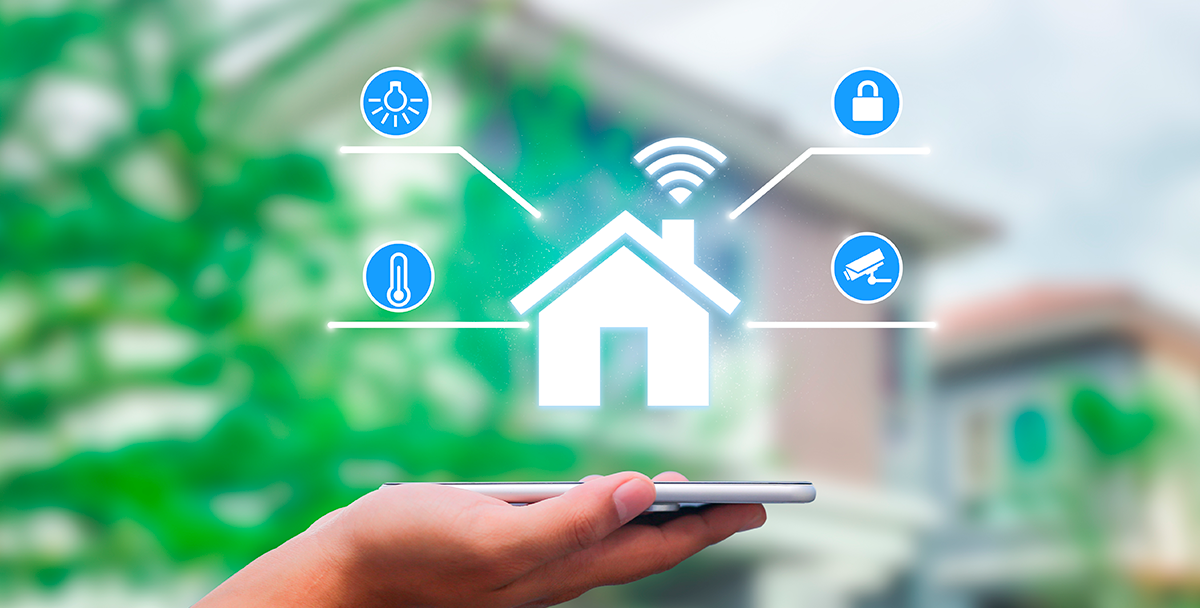
Ways Your Smart Home Can Save Energy

How E-waste and electronics recycling helps environmental conservation

Ways the world can reduce emissions from global transport systems
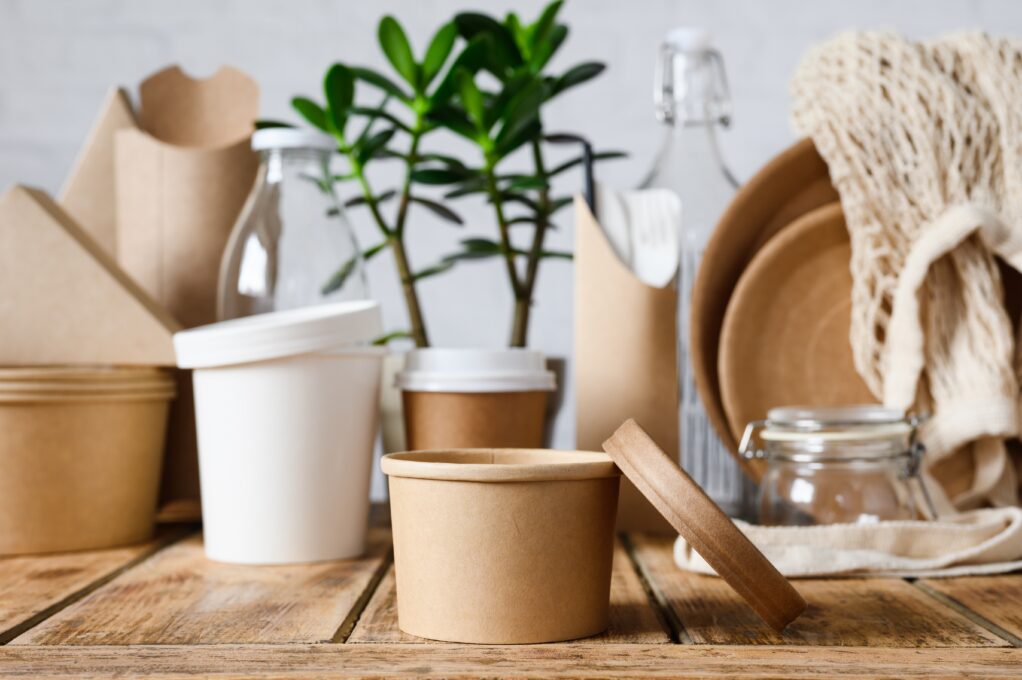
Sustainable Packaging in the EU: Trends, Challenges, and Opportunities
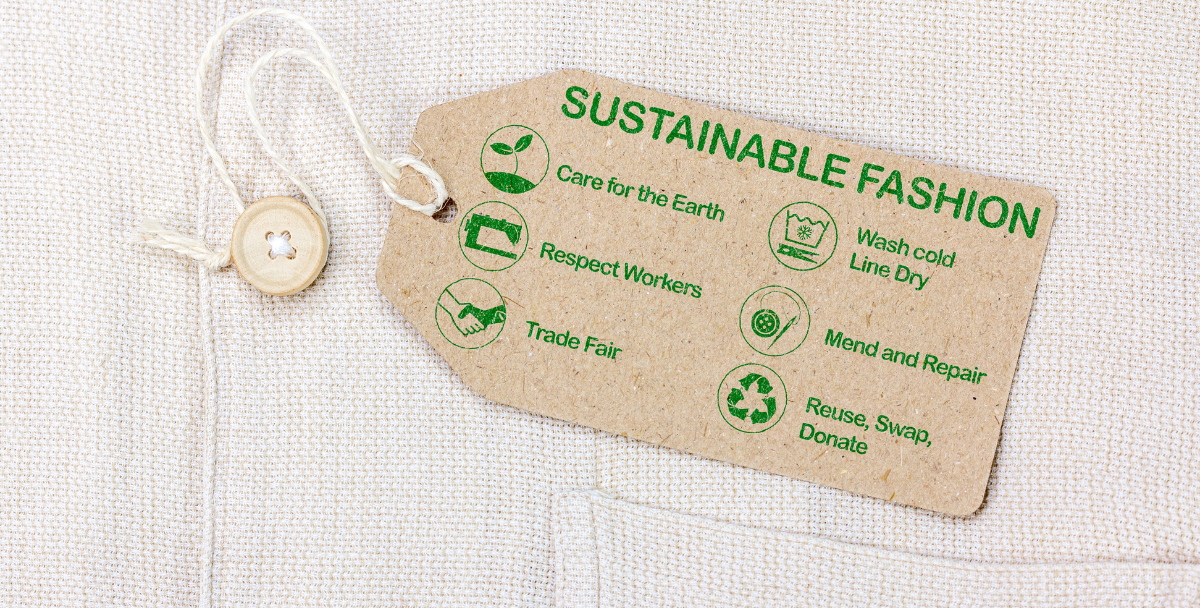
How Sustainability Technology is changing the Fashion Industry for the Better

How does climate risk affect us?
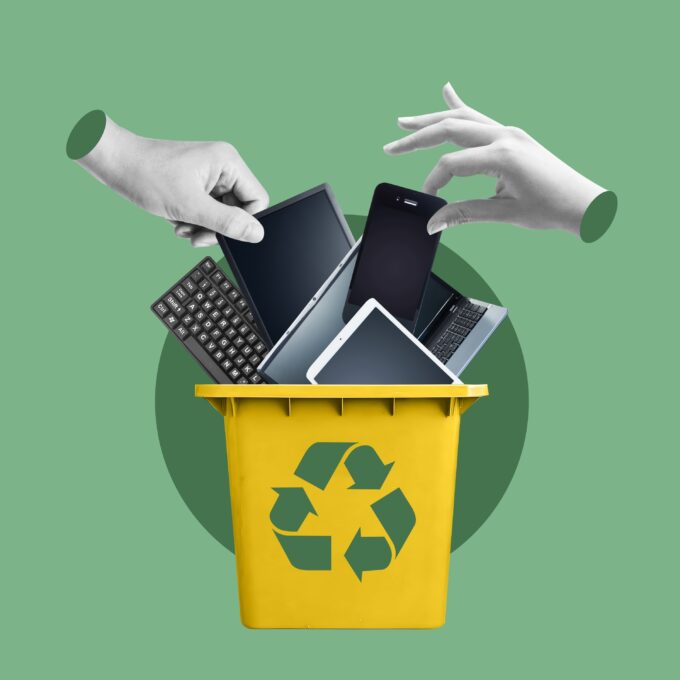
E-Waste Solutions: How to Responsibly Dispose of Electronics

Four benefits of a circular economy

Sustainable manufacturing
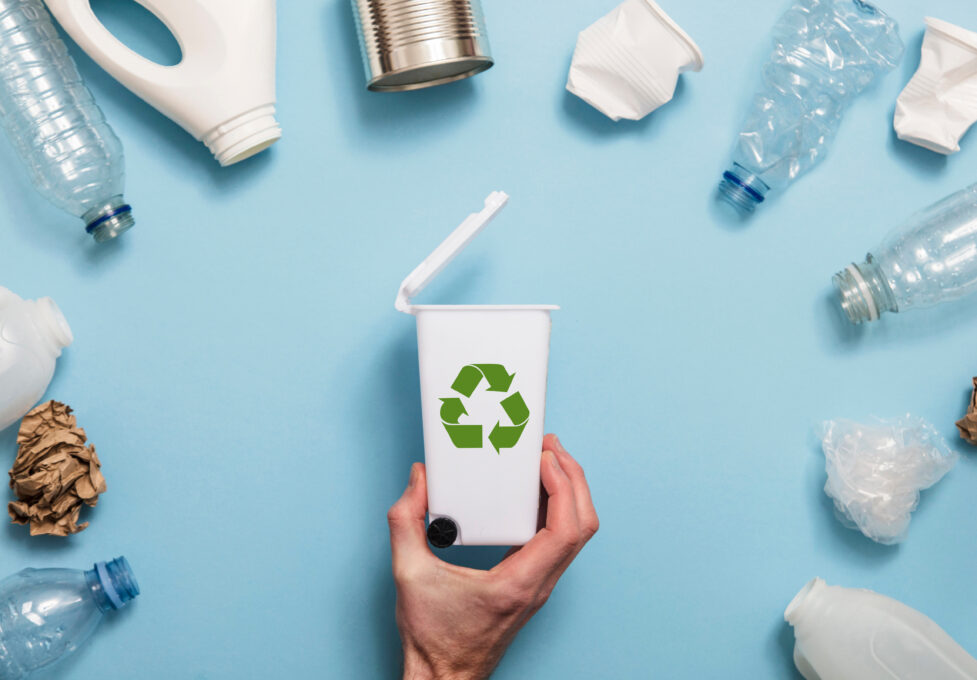
Kinds of plastics, uses and how to recycle

Ways to Prevent Wasted Food at Home

Better links between waste management, circular economy and climate change mitigation measures can boost greenhouse gas emission reductions

The Transformative Role of AI in the Energy Sector

From waste to worth: battery recycling

Ecotourism: What It Is and Why It Matters

Sustainable Tourism: How to Travel with Minimal Environmental Impact

Energy sustainability practices at home

Building a Low-Carbon Supply Chain: Smart Strategies for Carbon Footprints Sustainable Operations

10 Sustainable Holiday Tips for a Greener Season

Sustainable packaging
